Mimicry in Moths
A couple of weeks ago, I saw a very beautiful butterfly on Twitter that mimics a brown leaf masterfully, down to even bite marks from other bugs! They’re called Zaretis itys, more commonly known as the skeletonized leafwing butterfly or just the leaf wing butterfly.
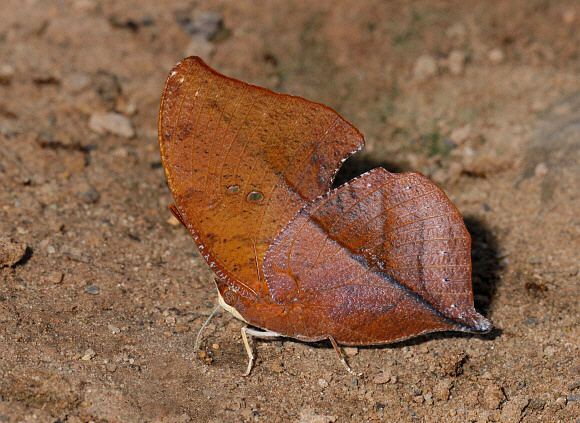
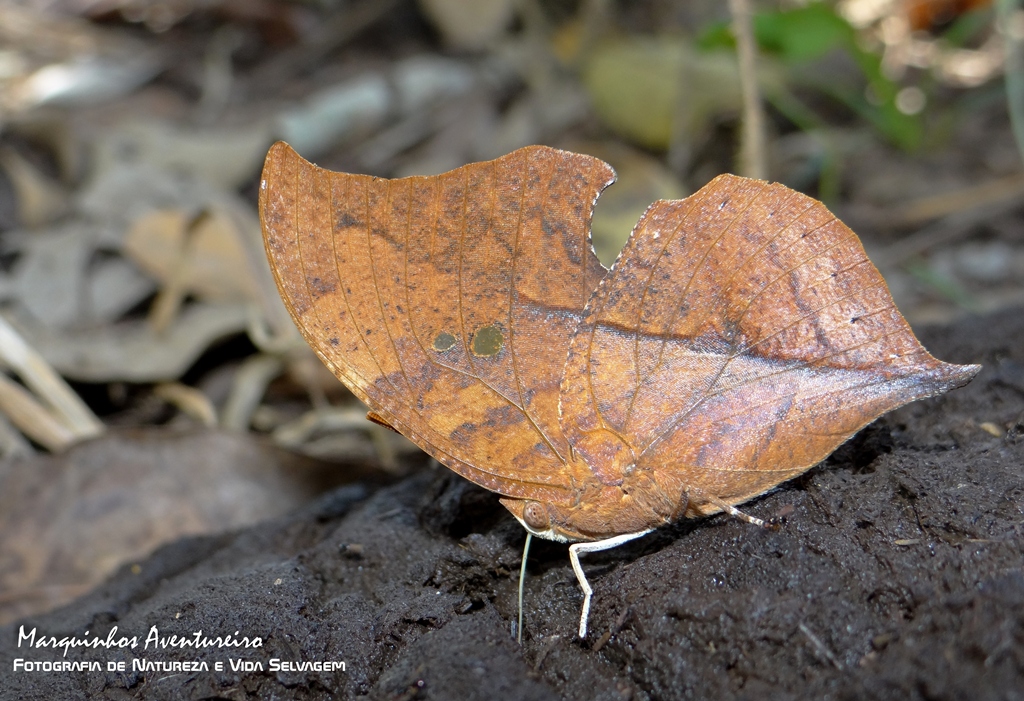
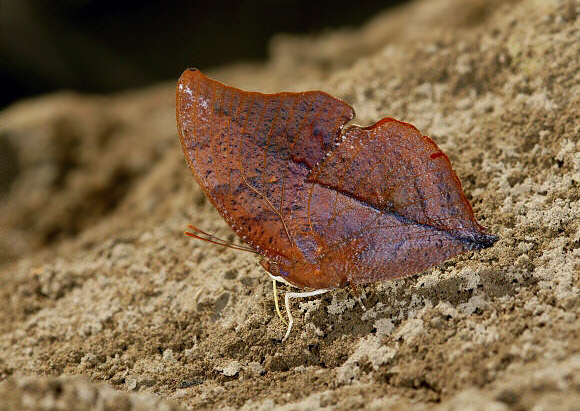
However, this butterfly isn’t the only insect who can pull off such convincing mimicry. Many moth species mimic leaves in similar ways, and many more, as I’ll go over in this article. Something you’ll notice is that most moths have colors that can be found in trees, since many moths live around them. However, I don’t want to just go over leaf mimicry. Moth species have some of the most impressive mimicry in the animal kingdom, and I hope you’ll be able to appreciate that as much as I do by the time you finish reading this article.
Leaf mimic moths
Metallata absumens - Brown leaf mimic moth
These moths are pretty simple in shape, and is a North American moth in the Erebidae family. Notice how a line goes down horizontally through the middle of the moth’s wing pattern, mimicking the midrib of a leaf. They even have a speckled pattern on the wings, which looks similar to the wear on an old, dead leaf.
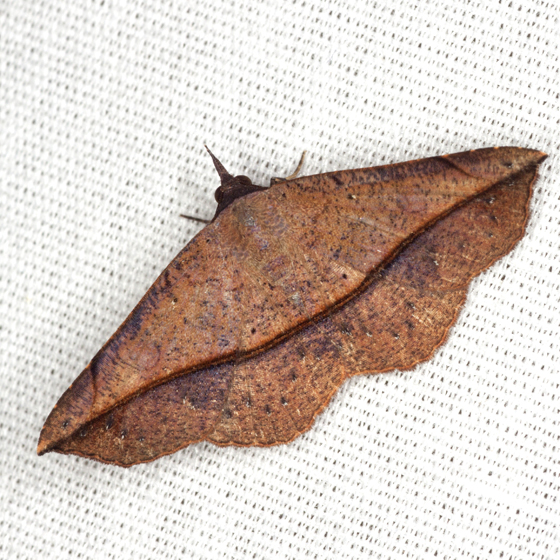
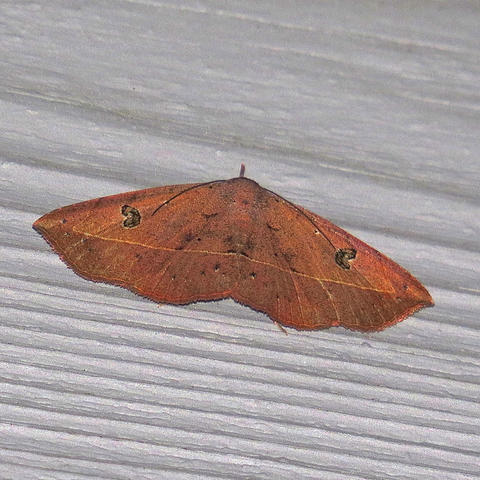
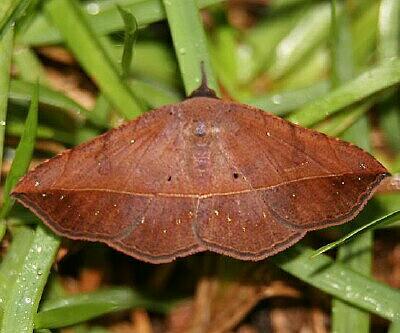
Arbinia todilla - Curled leaf snout moth
This is a type of Pyralid moth, and as far as I can tell they’re not very well documented. And that is really a shame, because they’re so interesting! This is the first of the two moths I’ll be talking about that mimics a curled, dead leaf. Something I really like about this moth is the fact that its snout helps to mimic the petiole of a leaf (the little stem on the bottom of a leaf). Its antennae even slicks back toward its wings, which hides them pretty well. Now, these moths may look like their wings curl up from the top, however you’ll notice from a different angle that their wings lay flat just like other moths.

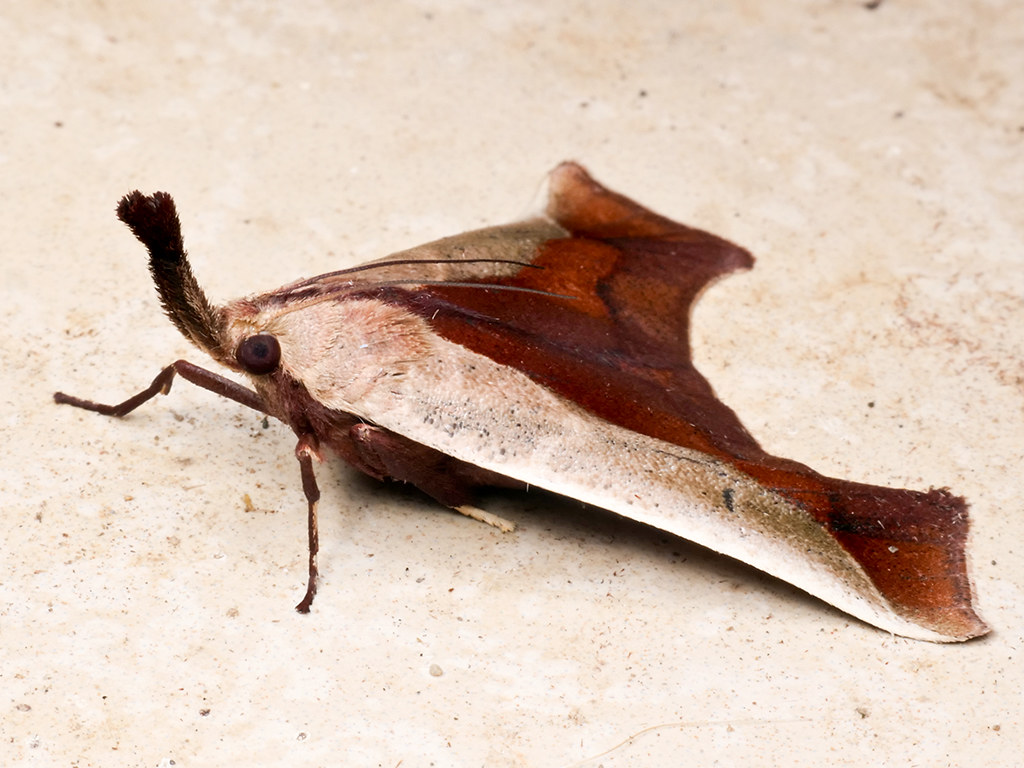
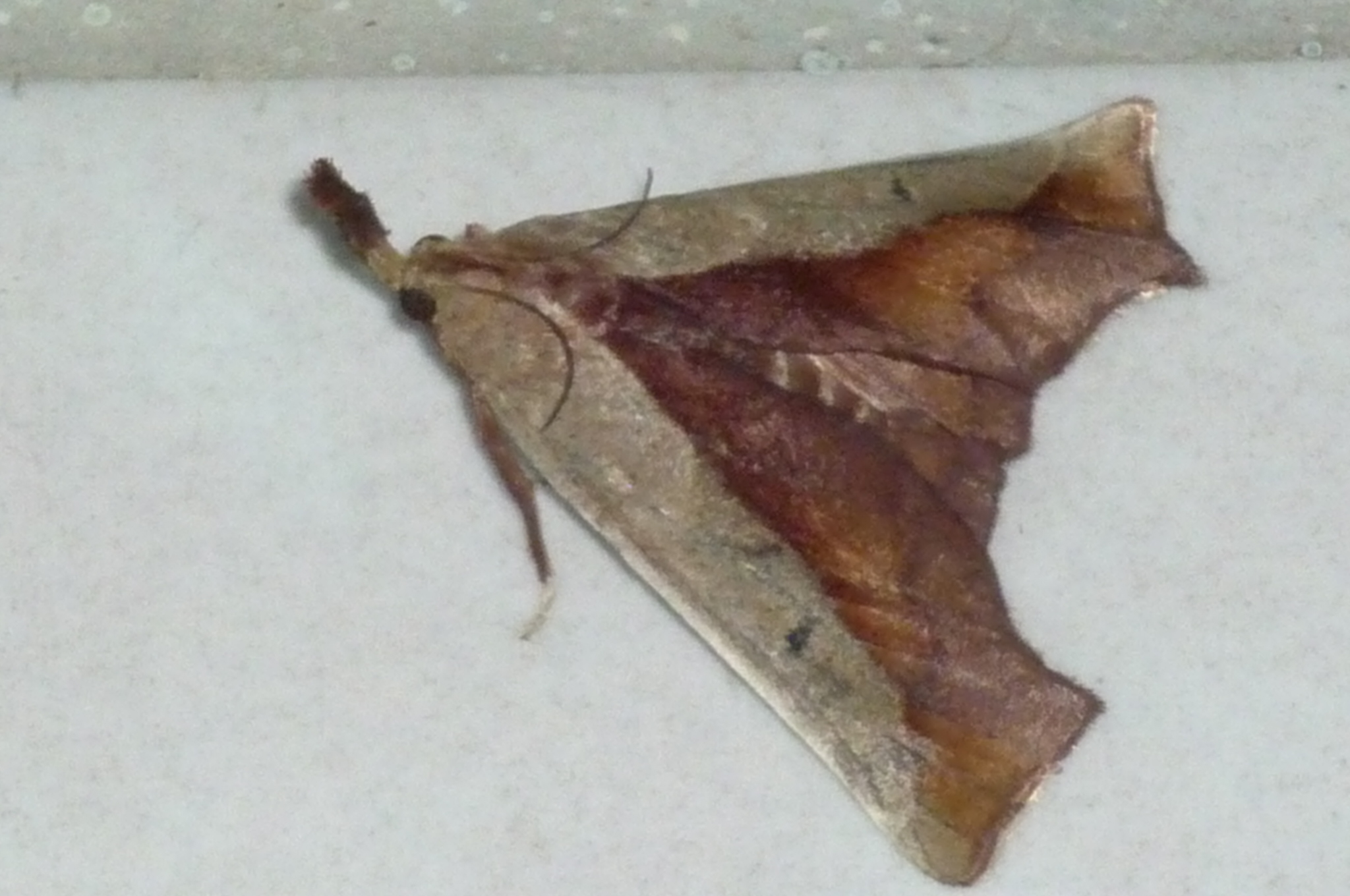
Uropyia meticulodina
This is the other moth that mimics a curled, dead leaf. It achieves the same effect as the previous moth (Arbinia todilla), although I think it looks just a tiny bit more convincing than they are. In fact, it took me a while to realize that these moths’ wings weren’t actually shaped like that, which goes to show just how convincing its wing pattern is. These moths can be found in East Asia, and are part of the family Notodontidae, also known as prominent moths. If you saw one of these moths from the side on a casual stroll, you probably wouldn’t be able to differentiate it from just any leaf.
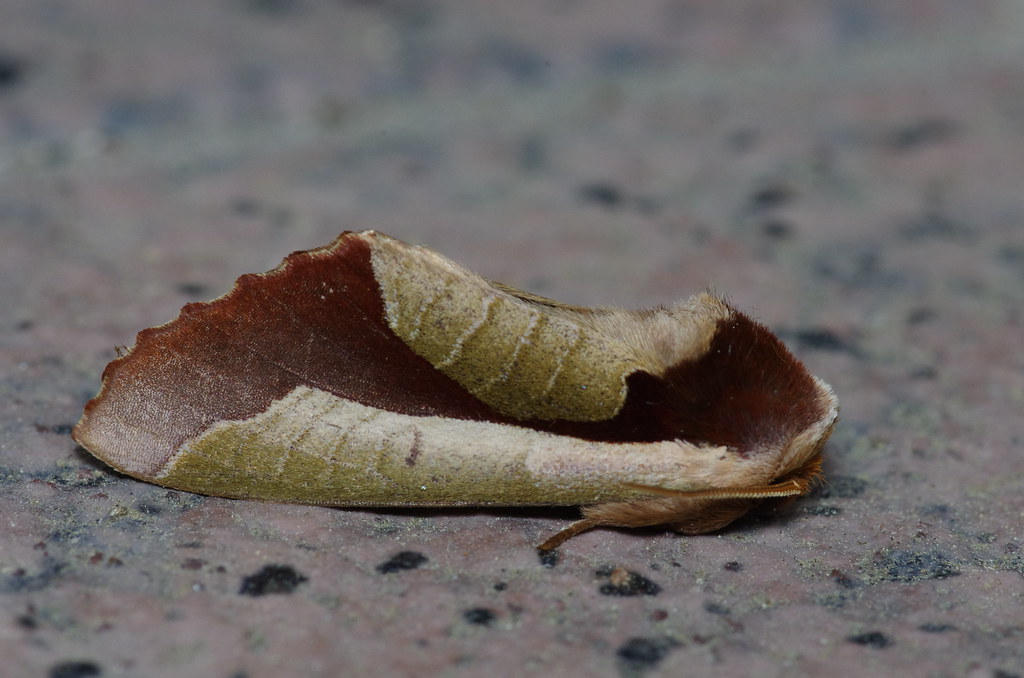


Ennomos Magnaria - Maple Spanworm
This is a yellow moth mimicking a freshly fallen Autumn leaf, which is in the family Geometridae. It’s found all over North America, and has a brown speckled pattern which helps to imitate leaf wear, much like many other moths that mimic leaves.
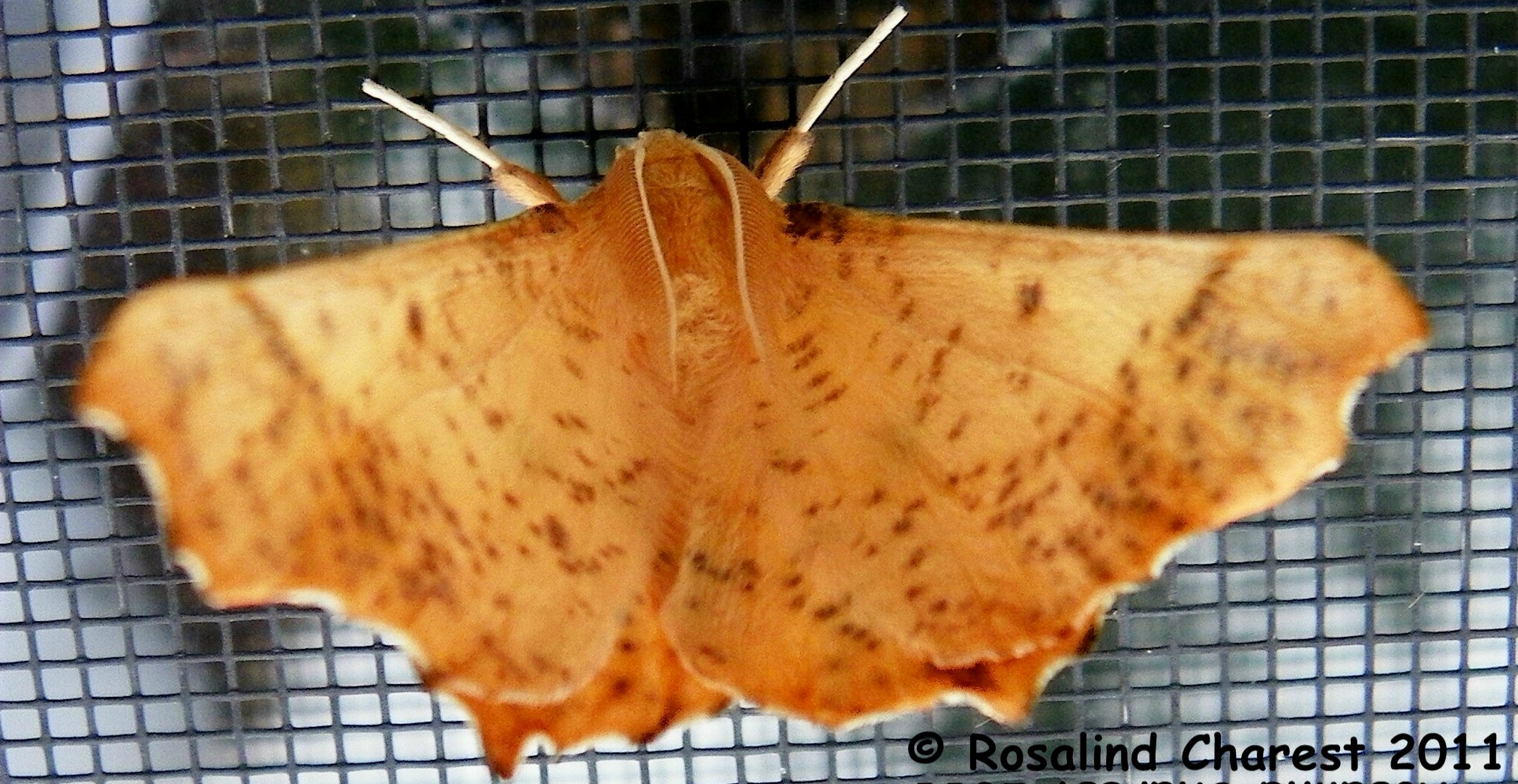
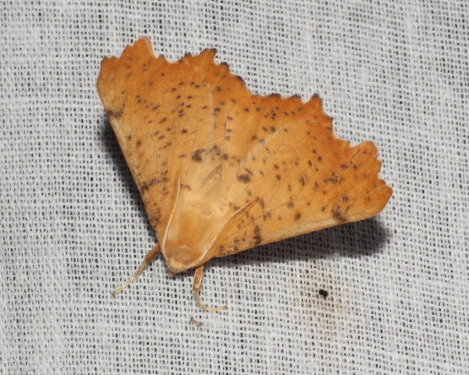
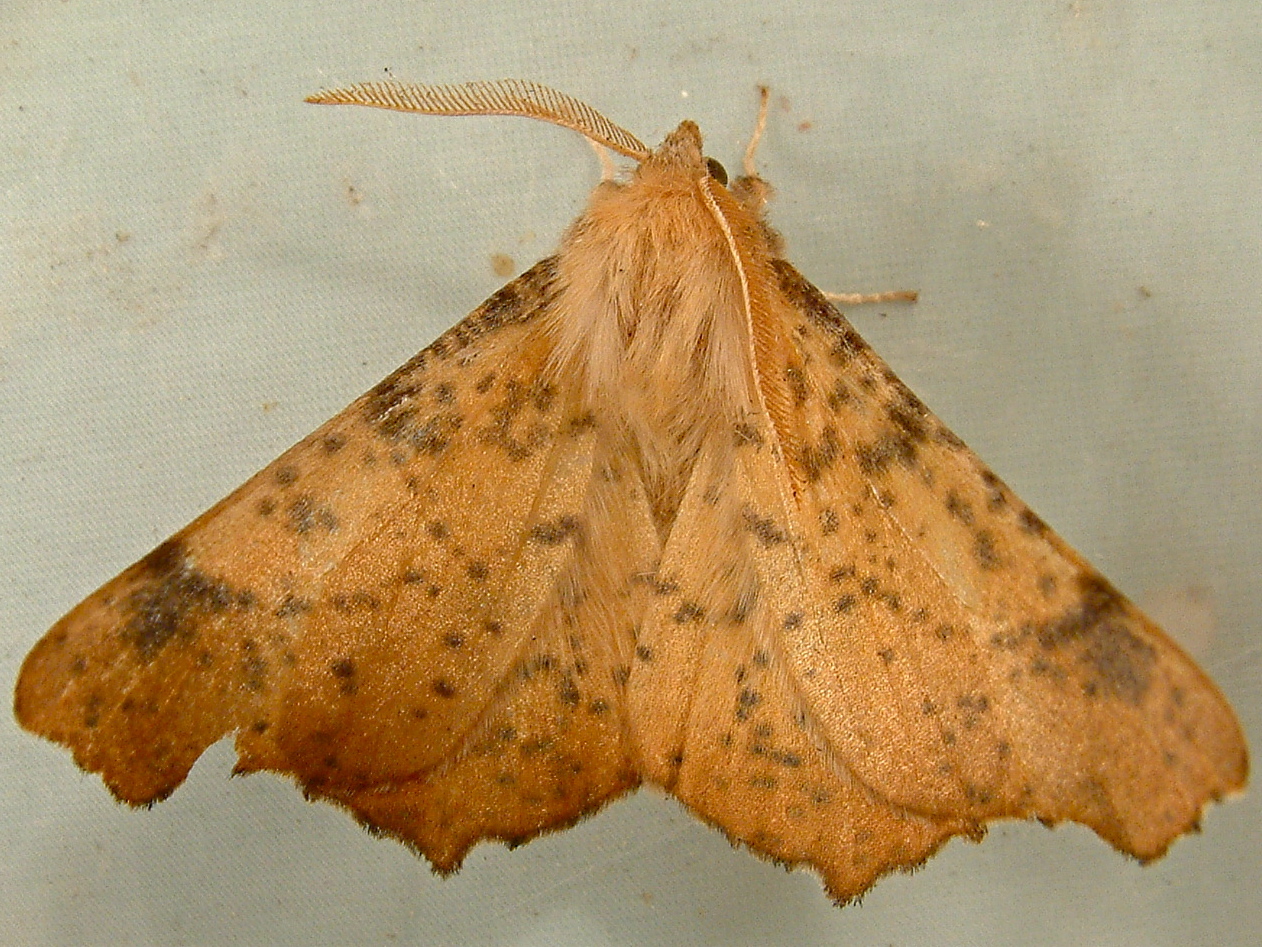
Siculodes aurorula - Buddha moth
This is probably one of the most unique moths I’ve ever seen. They’re incredibly rare, and found in the Amazons of South America. They’re in the family Thyrididae, and are notable for their unique posture which earned them the name “Buddha moth”. Their resting position is upright, and from the back they can look like a dead leaf. On their wings they have green spots which resemble holes, and they also have little holes on the outer margin of their wings. From the underside, it looks as though they’re a spider resting on the dead leaf. Moths that stand upright are incredibly rare, and it’s so interesting to look at! I can go on about this moth more, but I think the photos speak for themselves.
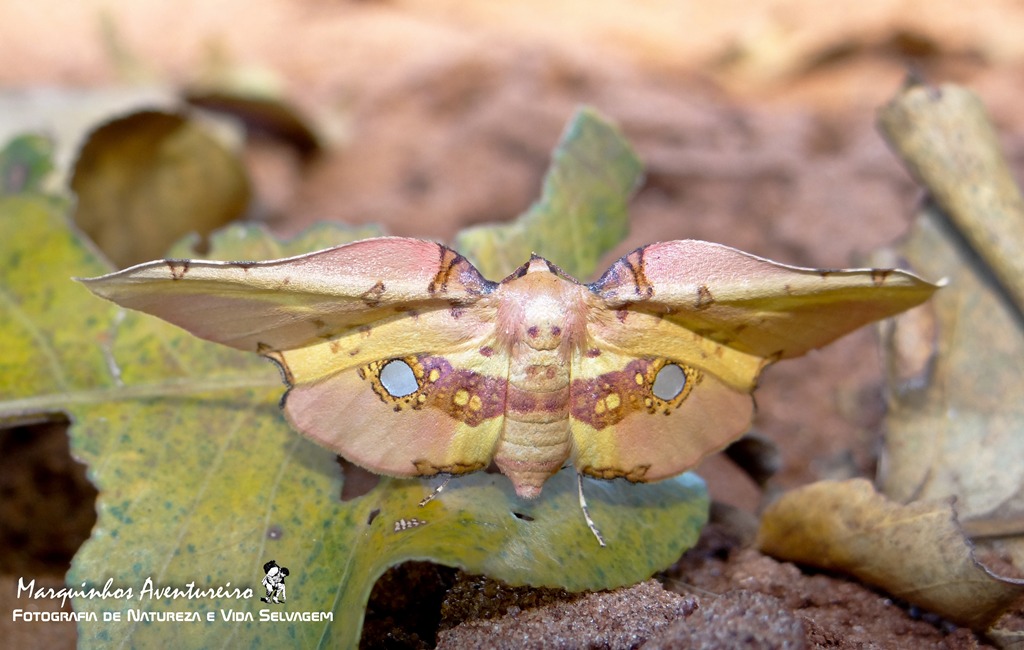
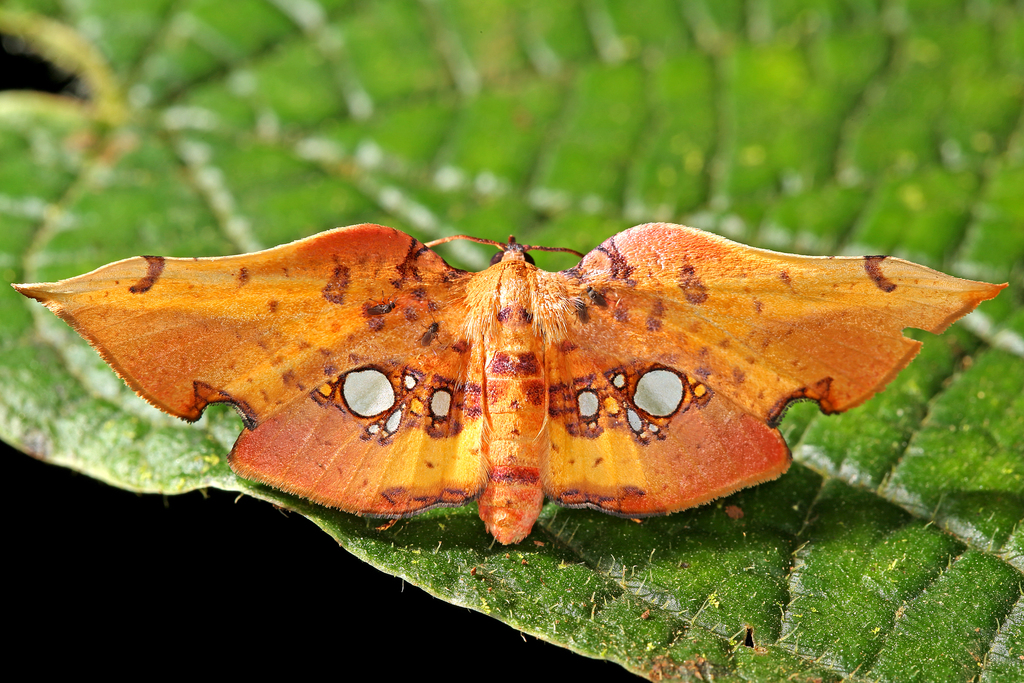

Amorpha juglandis - Walnut sphinx
Overall, these are one of my favorite moth species. They’re a hawk moth, fairly common, have lots of genetic diversity, and have a very interesting wing shape. Their wing shape helps them simulate a leaf, and their pattern follows the veins in their wings, which also helps aid their mimicry. I think their colors are beautiful too, from rich dark browns to dazzling copper. These moths can be found all over eastern USA.

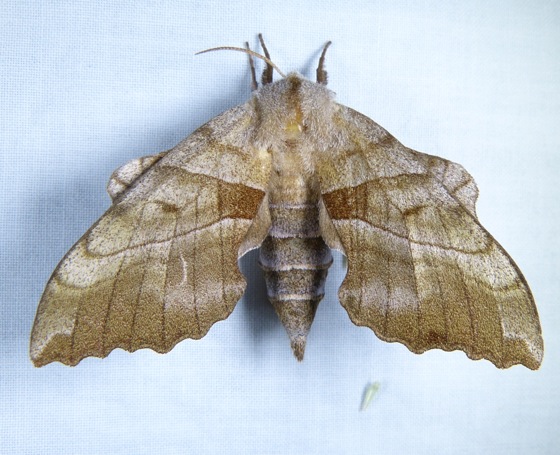

Now, these are just a few of the many types of moths that mimic leaves. There’s plenty of more examples that are just as interesting as the ones I talked about above, such as the Rhescyntis pseudomartii. However, not only can moths mimic tree leaves, they can also mimic tree bark as well!
Tree bark mimic moths
Sphinx pinastri - Pine hawk-moth
I’ve noticed that the moth family that seems to carry this bark-like pattern the most are sphinx and hawk moths. One of the best examples of this, at least in my opinion, is the Pine hawk-moth. These moths are brown, and have little stretched speckles that look similar to bark. They can be found in the Palaearctic realm, so across nearly all of Europe and Asia, but are most common in England. In some photos of these moths, you can see how effective their camouflage is against tree bark.

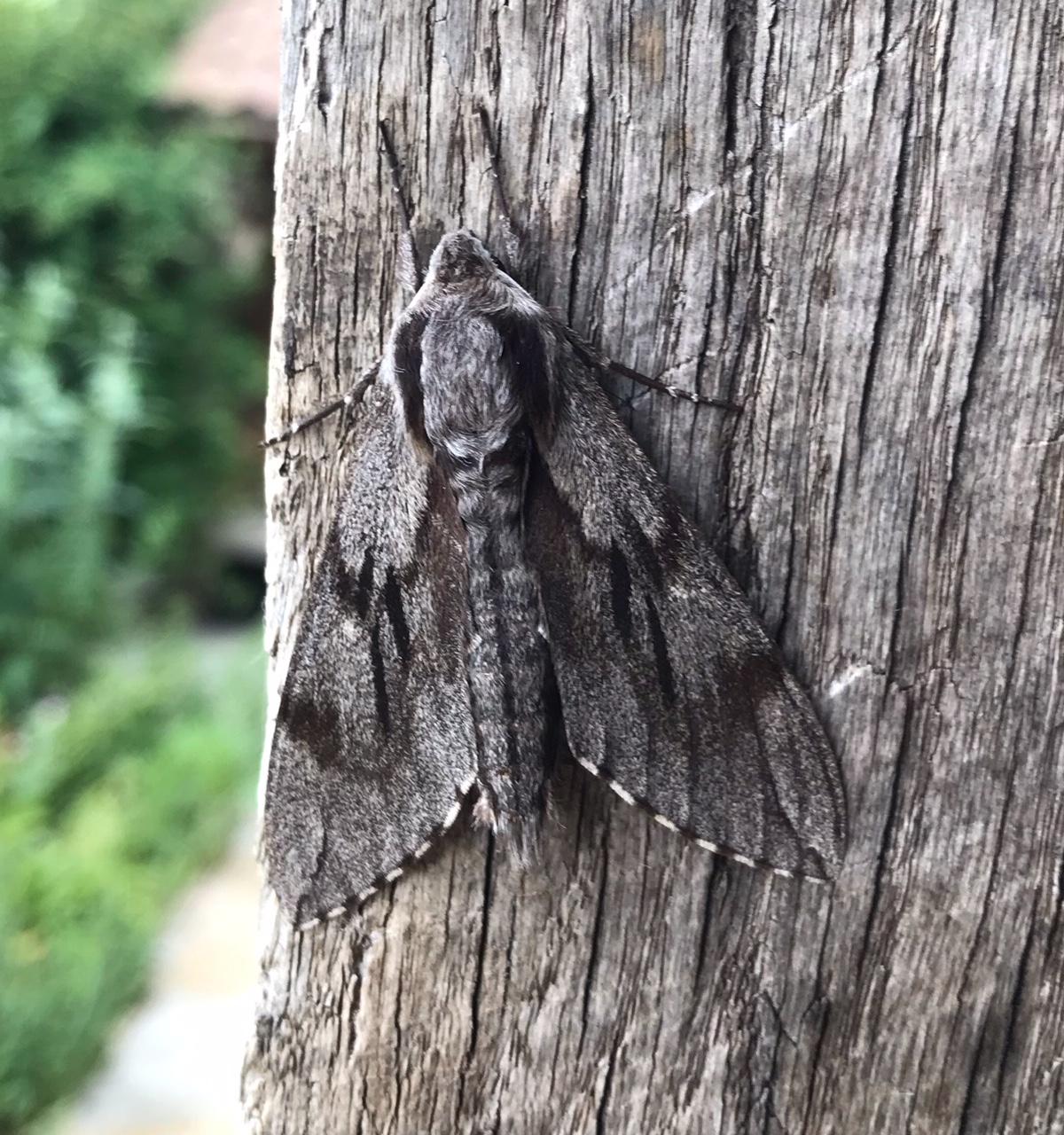
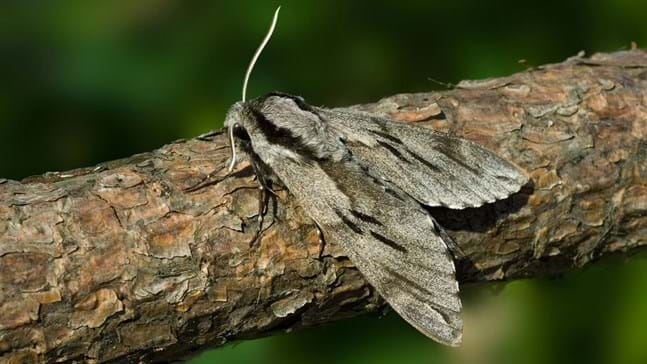
Manduca Rustica - Rustic sphinx
Of the same family as the last moth, they may not have as effective mimicry, but their pattern is amazing. It looks similar to that of weathered down tree bark with it’s zig-zaggy pattern, and there are so many color transitions that makes it so fun to look at.
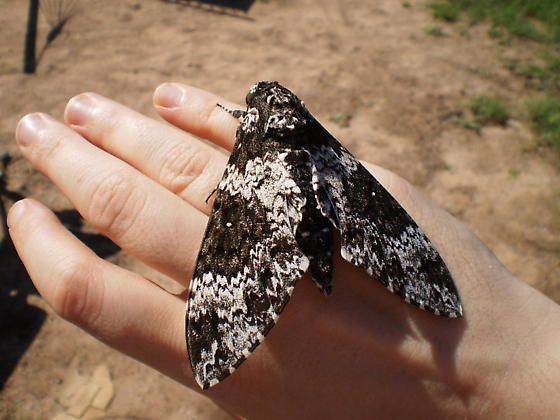

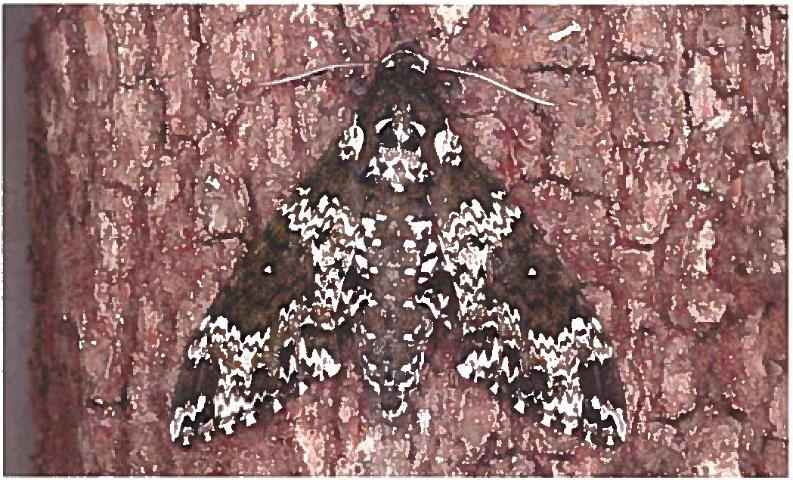
Biston betularia - Peppered moth
You might have heard about these moths through discussions of pollution. They’re pretty well-known, and their shift towards darker wing patterns mirror that of the birch trees that they use for camouflage. However, if you don’t know about these moths, I’ll tell you about why they’re so well-known. Before the industrial revolution, peppered moths with darker wing patterns were a lot more rare. However, pollution caused birch trees to begin to darken, so these moths’ wing patterns changed to match. These moths have become a classic example for the way that environmental changes affect other species, and you can find tons of studies on these moths and graphs charting the change between wing colors through the years.
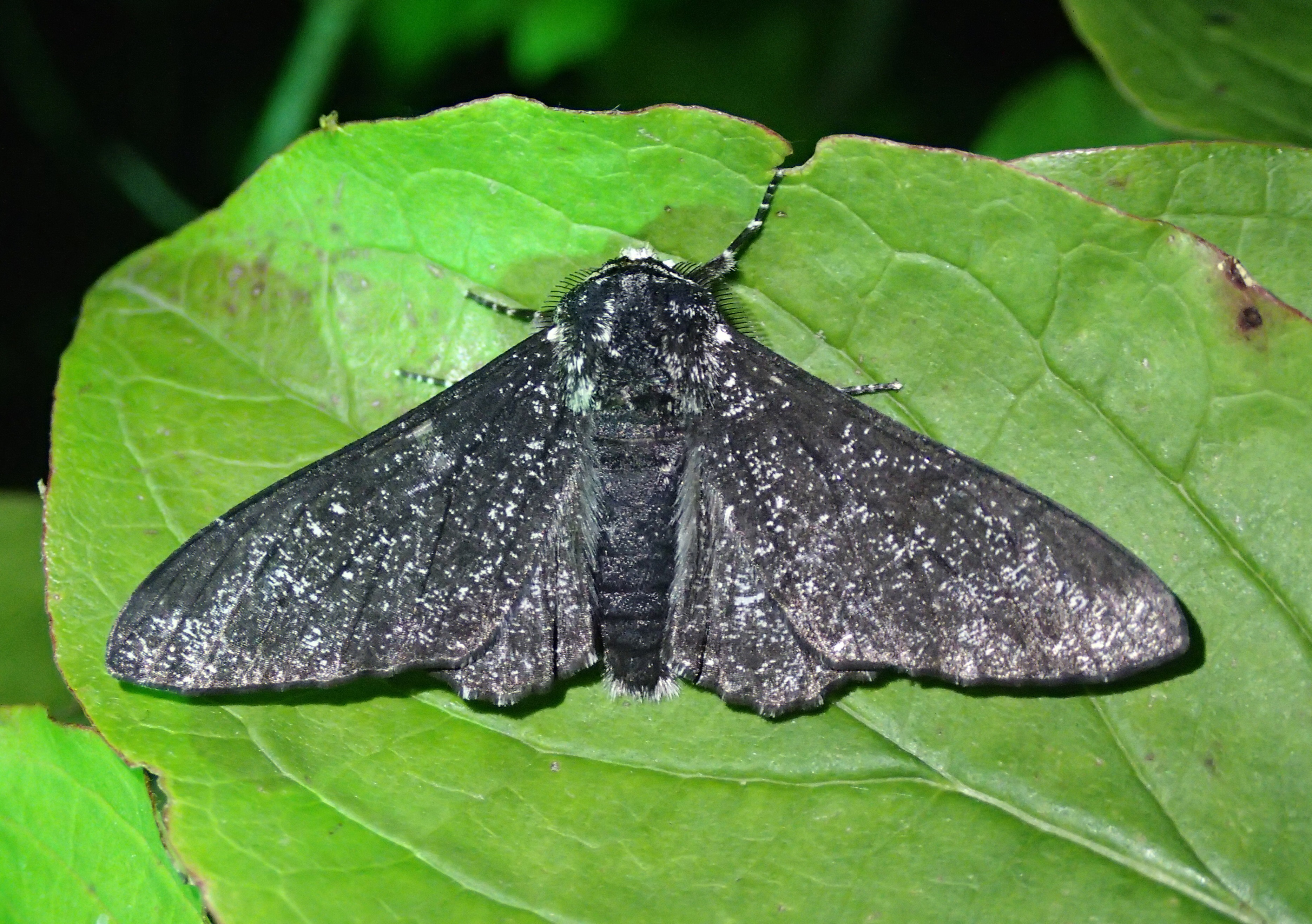
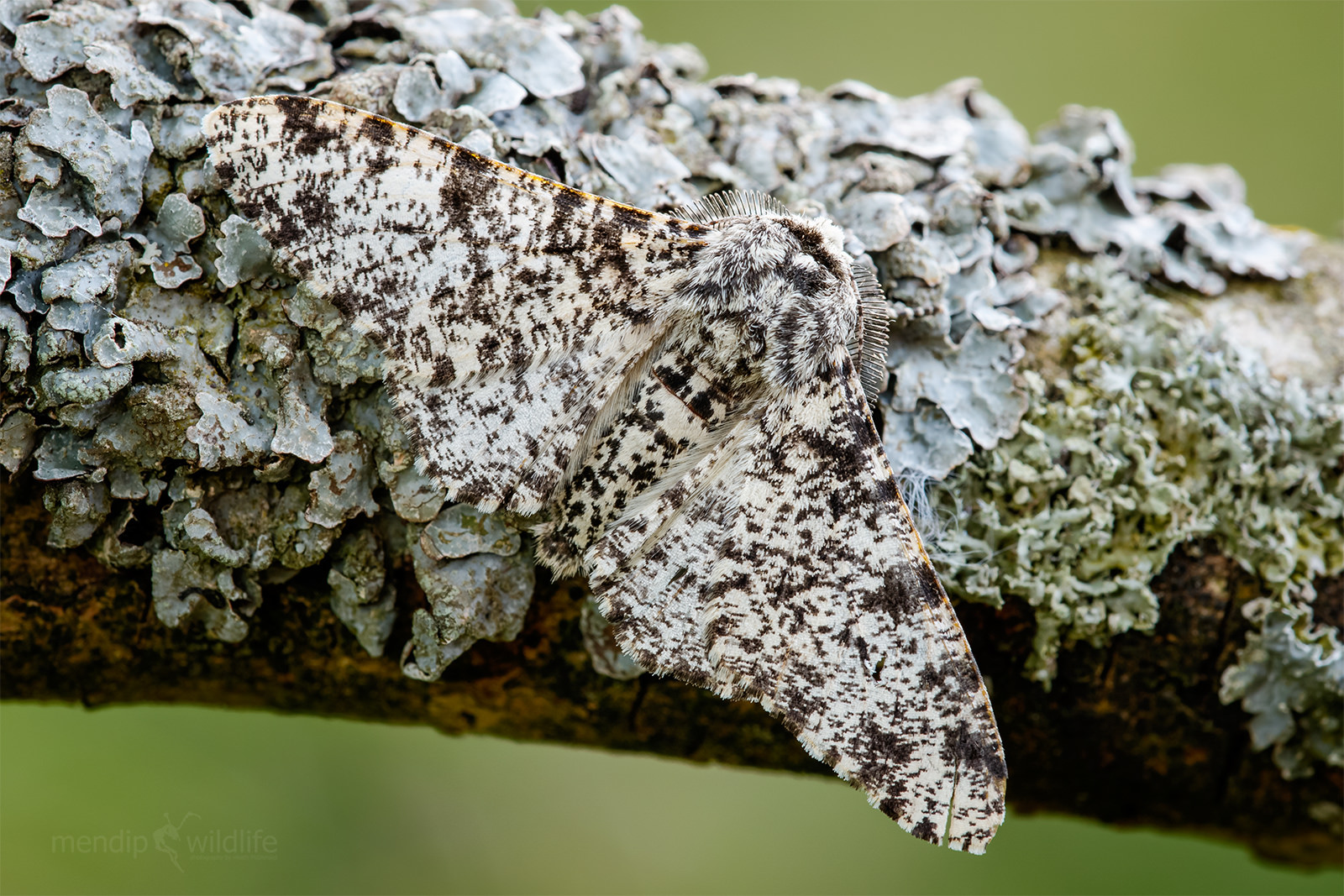
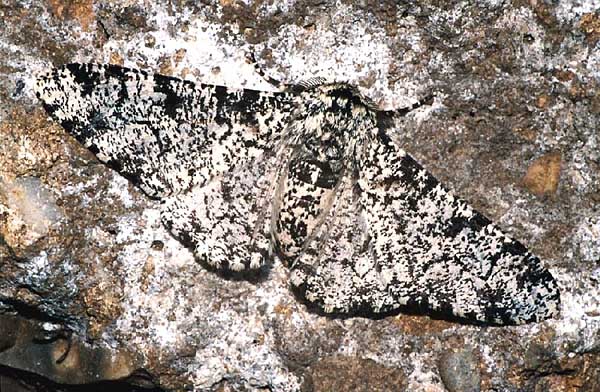
All the moths mentioned so far have been notable for their imitation of trees, however there are also many moths that imitate other animals.
Animal mimic moths
Hemaris thysbe - Hummingbird clearwing
Once again, hawk-moths take the trophy for some of the most impressive mimicry on this list. These moths are easy to mistake for just a small hummingbird, down to their behavior. They feed on the nectar of flowers, and unlike most moth species, are mostly active during the day time. Their wings also move incredibly fast, at 70 beats per second, and they hover over their flowers in a similar motion to hummingbirds.

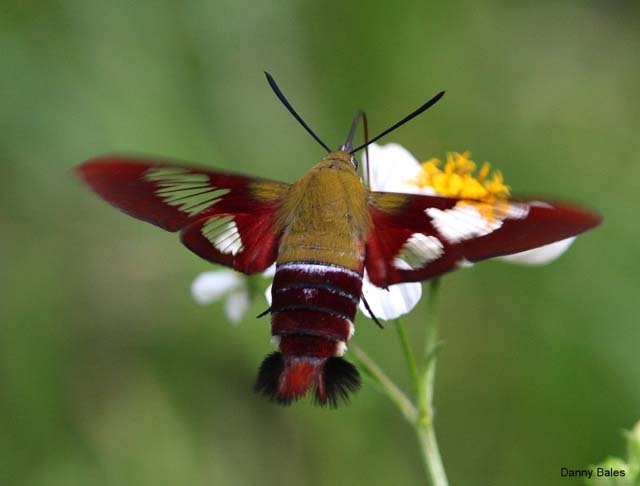
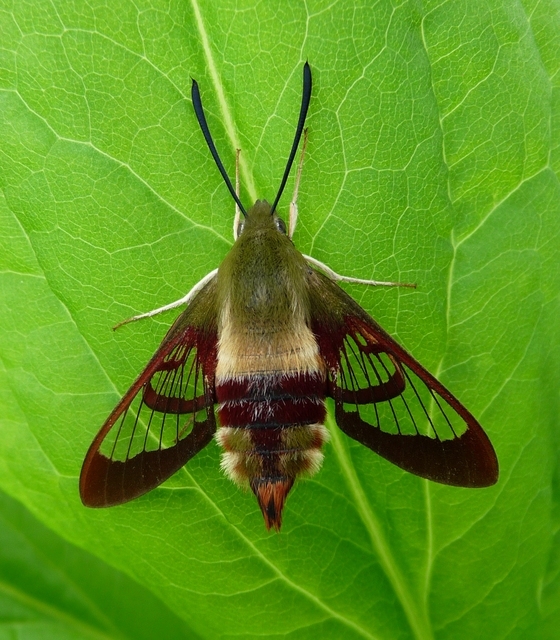
Hemaris diffinis - Snowberry clearwing
In shape, these moths look similar to our previous moth, the hummingbird clearwing, and are even in the same genus. However, compared to each other, you can tell that the Snowberry clearwing resembles a bee a lot better. The abdomen has a black and yellow striped pattern, and the clear wings help to mirror a real bee’s clear wings as well.
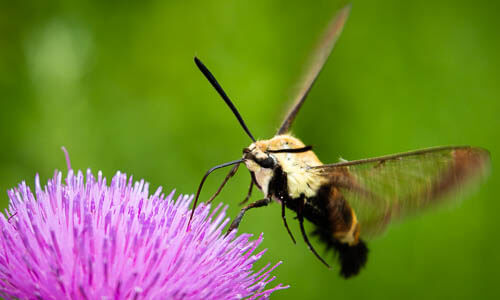


Acherontia atropos - African death’s-head hawkmoth
This moth is very well known for the skull marking on its thorax, and has been used as a symbol for death in many aspects of pop culture and mythology, most famously in the movie Silence of the Lambs. They live in Africa and southern Europe, but migrate to the rest of Europe during Summer. The skull marking is actually meant to imitate a wasp’s head when viewed overhead by a predator, and just looks plain cool. They also have yellow and black stripes like the snowberry clearwing that helps them to blend in with bees. These moths have a very unique trait, where they are able to make noises. They are some of the only moths who can make this noise, and it is used to soothe bees while they raid their hives for honey.
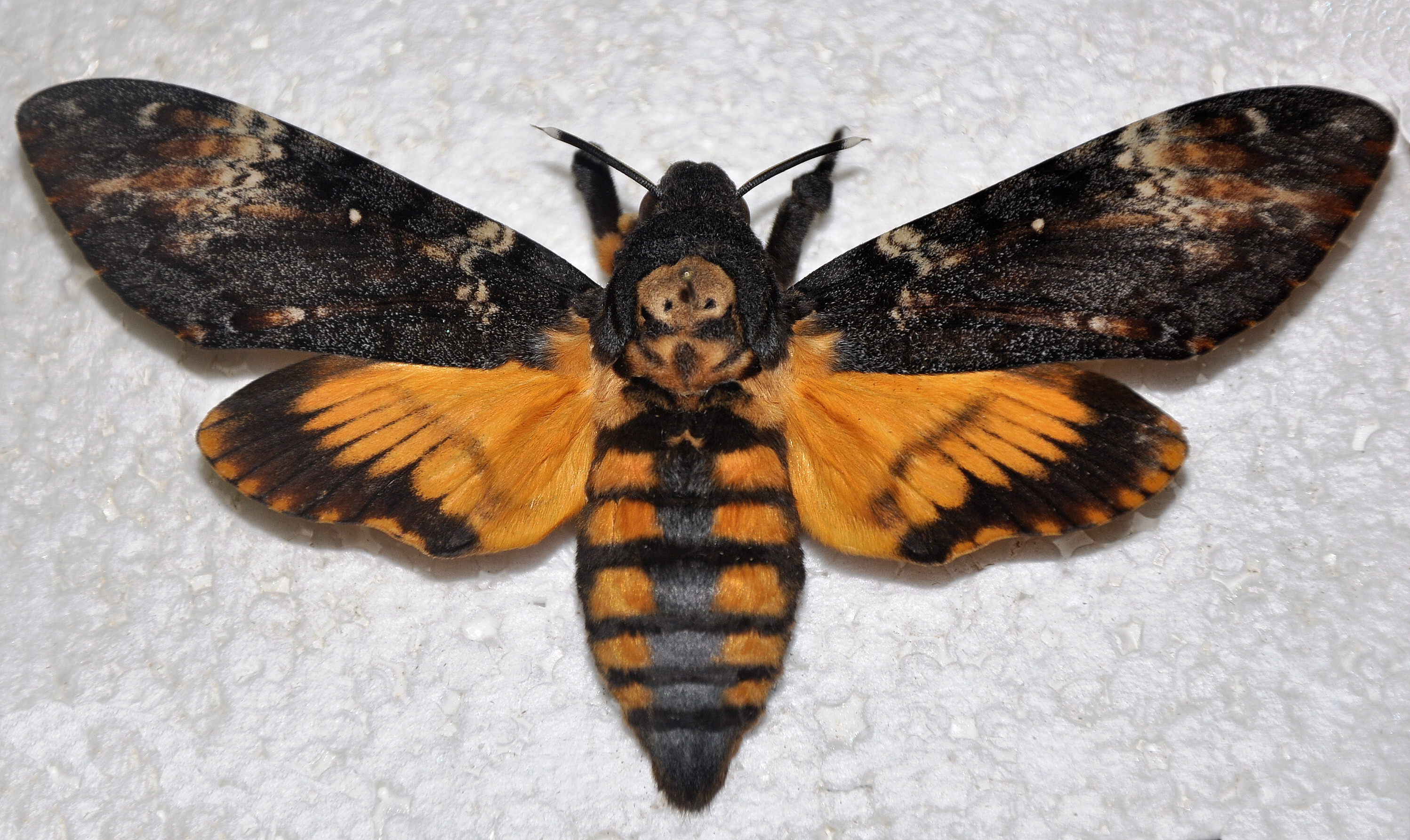

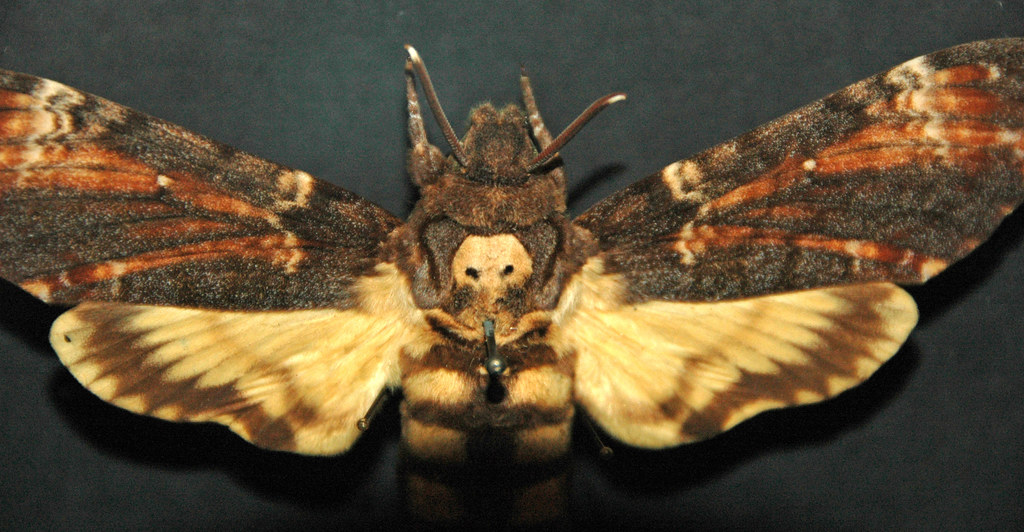
Gynanisa maja - Speckled emperor moth
When you hear about mimicry in moths, one of the first things that probably comes to your mind are the owl eye-like patterns on many species’ wings. A lot of moths in the Saturniidae family bare this camouflage feature. The example I’m using is the Speckled emperor moth, whose hindwings look strikingly similar to an owl staring straight at you. This works to make predators think there’s an owl where the moth is, and it also helps to provide a distraction from the main body of the moth. An attacker will be more drawn to the eye-like features on the wings, rather than attack the main body of the moth.
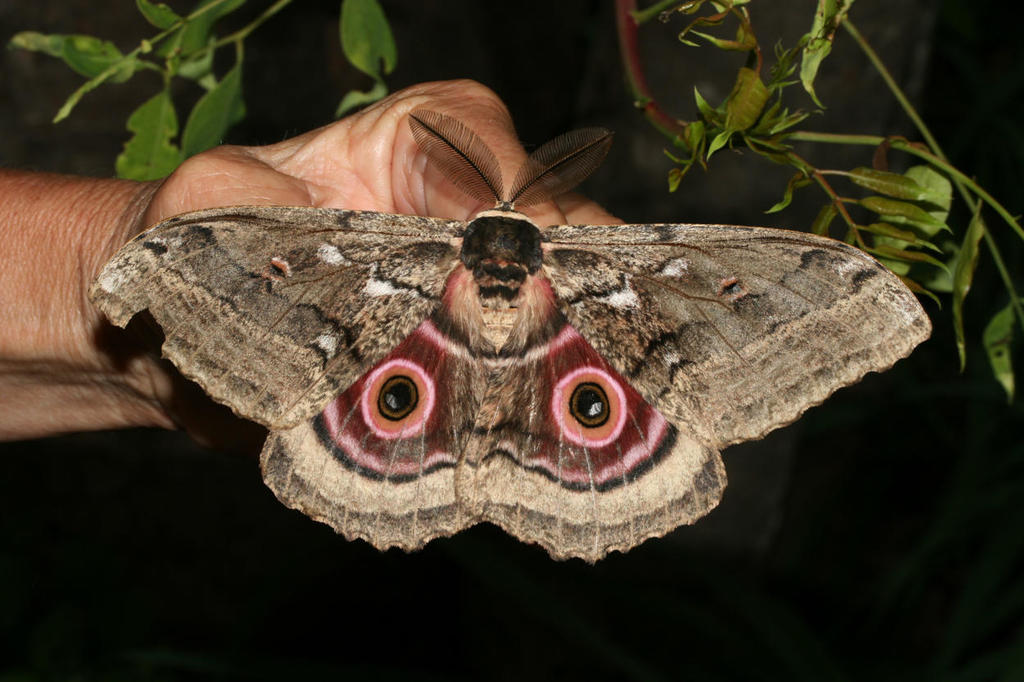
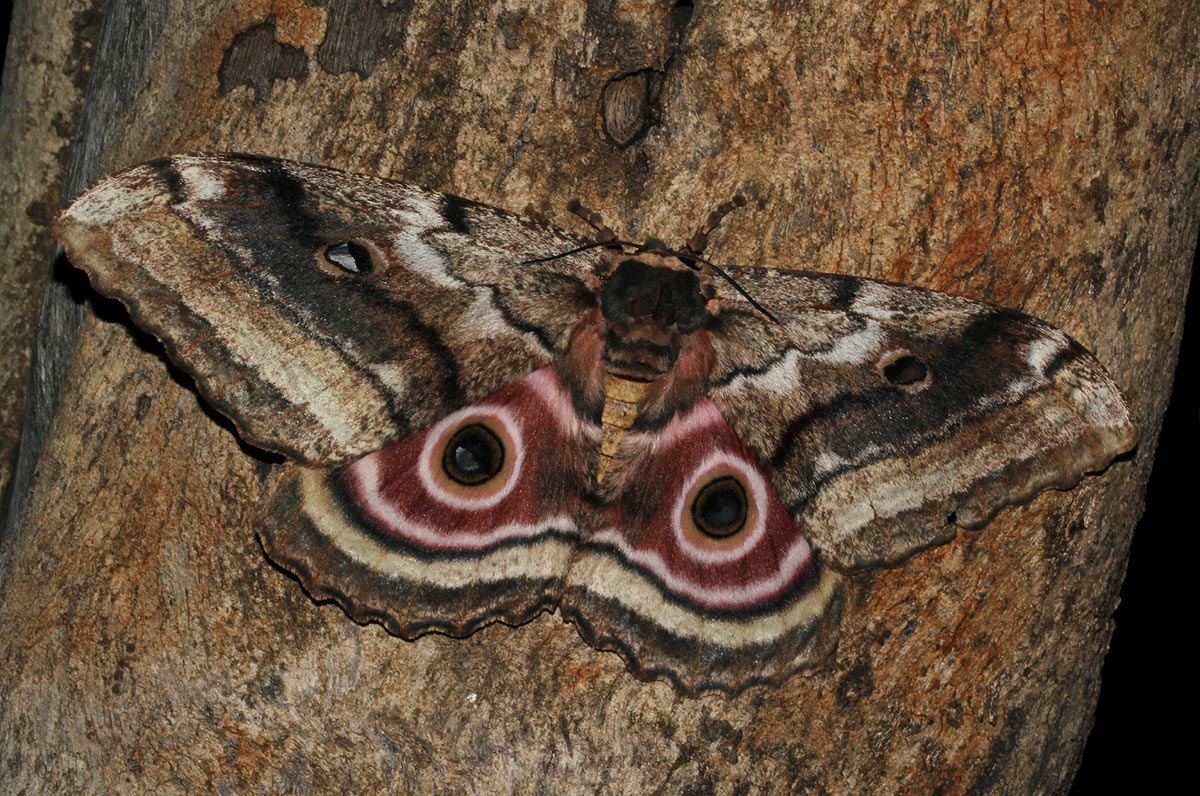
Moths are some of the most beautiful insects in the animal kingdom. There are so many different species with so many different purposes in nature. I hope you enjoyed reading about all of these wonderful unique moths, and that you’ll be able to pass this information on to the people around you. And remember that this is only a handful of the thousands of moths that exhibit amazing camouflage, and I encourage you to look into this subject yourself.